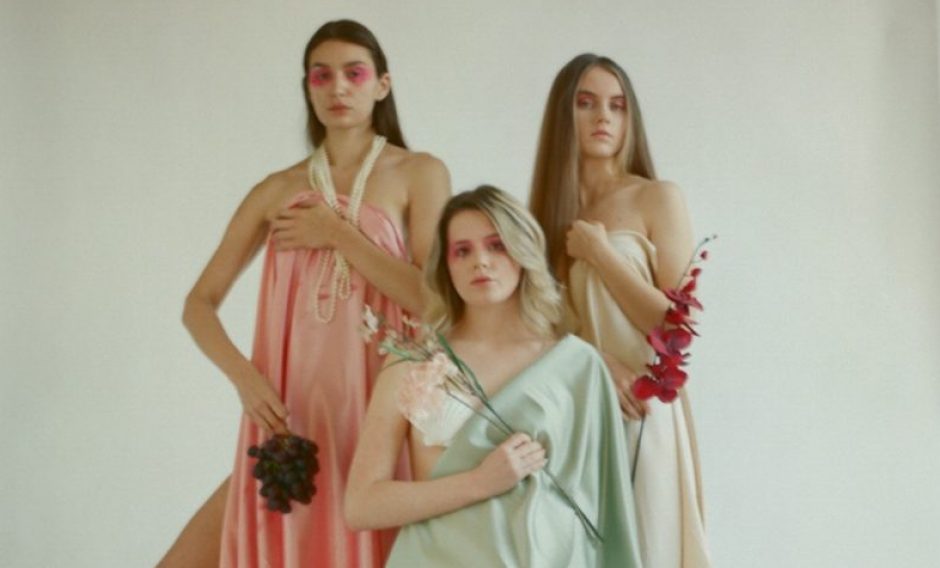Carrie suggested I look at companies and physical beauty stores who are exploring ways of integrating technology and science into fashion and beauty. They recently launched a Campaign entitled ‘The New Order’ which reimagines what shopping, style and the department store might look like in the not-so-distant future. I also included an article which was recently published on their website, exploring AR as the future of beauty.
https://www.selfridges.com/GB/en/features/articles/the-new-order/


As part of our explorations into the future of beauty with the Dazed Beauty team, join Creative Director Masha Batsii and futurist Geraldine Wharry as they discuss the mind-blowing developments, interesting limitations and future of augmented reality.
How is AR changing our perceptions of beauty? How can it help make the industry more sustainable? And are there any negative impacts of this new direction? To get answers and enlightening insights, we caught up with Geraldine Wharry – a futurist, educator, designer and regular Dazed Beauty contributor – and digital creative Masha Batsii, who has a background in 3-D, AR and VR design (including Instagram face filters) and ‘owns’ a CGI pet named Doubtful G.

Image by Masha Batsii: “getting ready to go to the living room
(filter inspired by Meng Lu)”

Image by Masha Batsii: “everyone deserves a moment of floof”
I would like to wake up and see my actual face, but also say hi to my AR self as part of a wellness routine, an affirmation
– Geraldine Wharry
How do you define what AR is?
GW: Beyond tech. It’s the ability to be a chameleon and expand human perception. I feel like my dreams have always been AR. I have very active dreams, and now it feels like we can turn whatever weird things that happen in dreams into a reality, which is insane. It’s totally engaging with human emotions and deep instincts in a whole new way.
MB: I couldn’t agree more! My first meaningful AR experience was creating my own virtual partner, Doubtful G. At first, Doubtful G’s existence was just an experiment, something I practised my 3-D skills on. But after posting them (it’s a genderless being) on Instagram, they started living on their own. People would really engage with, and address, Doubtful G as a living persona. Doing a radio show together, communicating as two beings and generating images and videos of us together made me braver in terms of choosing tracks and curating the show.
What do AR and beauty have to do with each other? How has the relationship evolved?
GW: AR has allowed creatives to expand their mediums of expression, pushing boundaries in terms of how far we can go with our human appearance. That’s been the most inspiring aspect, but it goes deeper on a psychological level: it changes how we perceive ourselves and brings to the mainstream the idea that we are a device. The lines between machine, virtual human and reality are now totally blurred.
MB: AR in the form of filters assists us in creating virtual versions of ourselves already – the same way we dress up our avatars in games. We can finally start customising ourselves. Digital make-up is just super playful – another way to express your wildest fantasies. It has the same roots as cosplay, but it’s even more accessible and affordable – it multiplies the possibilities.
Most people are familiar with AR filters on Instagram – what has driven the surge? Why are people so obsessed?
GW: It’s part of the broader development of biohacking [a fusion of technology and biology]. We have tasted what it could be like to be eternal, everchanging, and it feels amazing. It is all part of the future ecosystem of our augmented selves and is already playing out in labs, in design studios, in the virtual space.
MB: Filters have become folklore now, just like memes. It’s easy and accessible to everybody, and, for the younger generation, being able to code is like using Photoshop. It’s also a great tool for procrastination, but I can’t wait for the next thing – Instagram is a social media platform, after all, and has way too many technical limitations.
